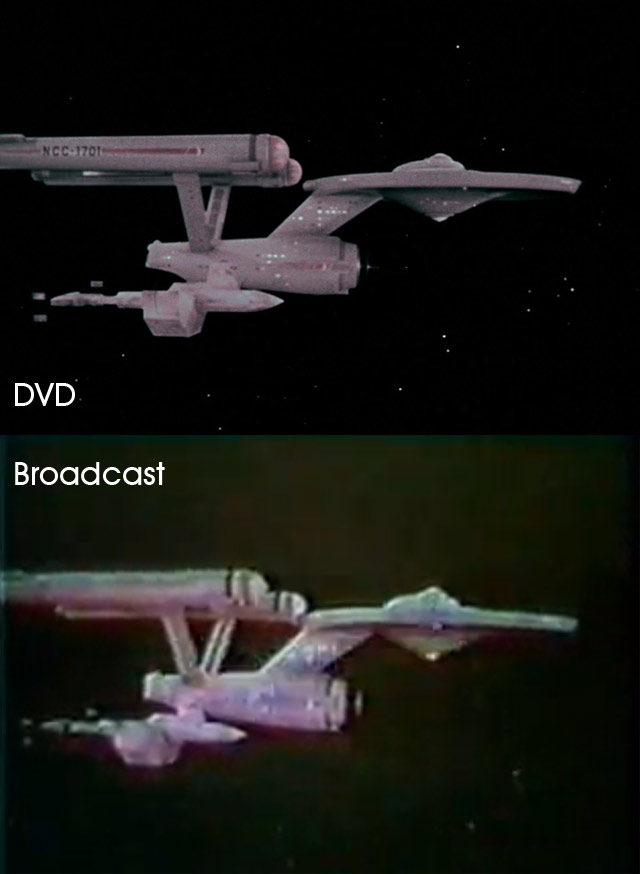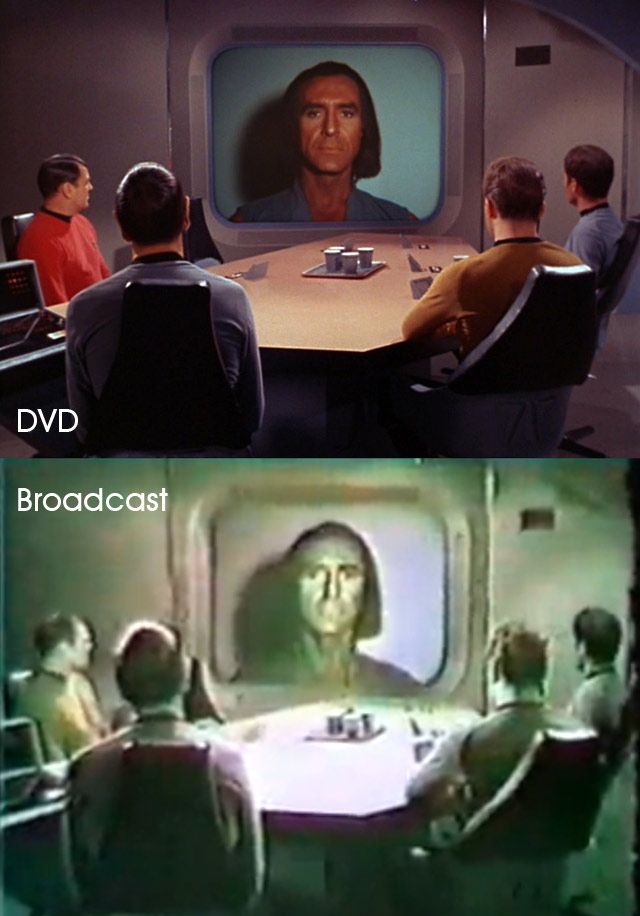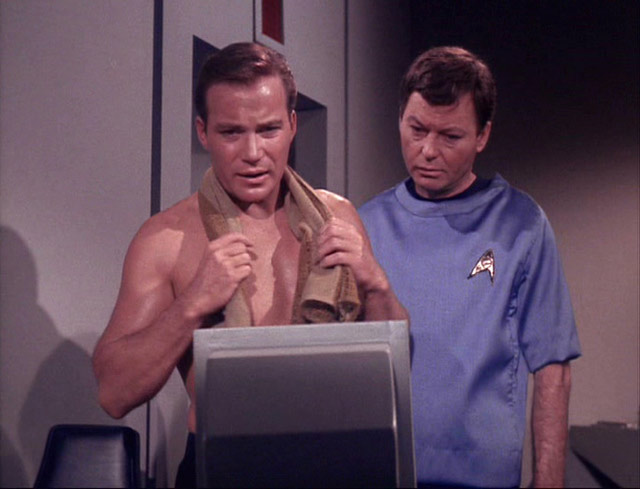We need to acknowledge an inescaple fact. TOS was made at a time when television was largely disposable. Still is actually. Anyway there was no idea the show would go on to such success in syndication and become so well regarded and scrutinized for decades on end. There was also no real idea of the direction of television technology and how far it would advance, at least not for the then forseeable future.Would more money have produced overall better looking effects for broadcast reception?
So TOS was made for the medium that existed. The fact it was done on film rather than videotape is probably a large reason why so much of the show's visual aspects hold up. But the resolution of '60s and '70s era TV sets served to hide a lot of production shortcuts. TOS' f/x were stellar for the medium they were intended for.
I think a bit more time and money could have made a difference, but I don't think it would have been that apparent across the board. It would have been noticeable in some aspects and others not so much if at all.





